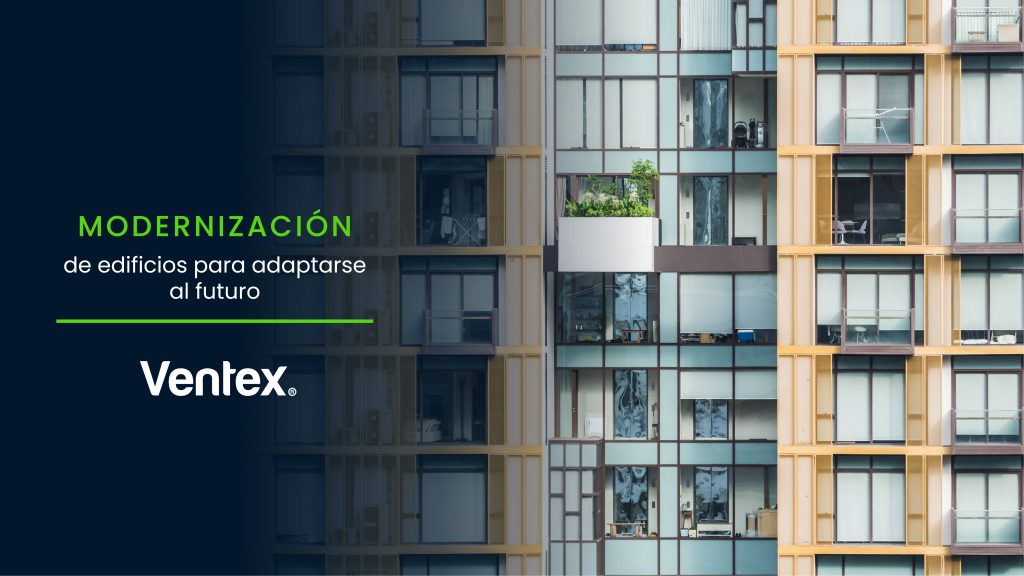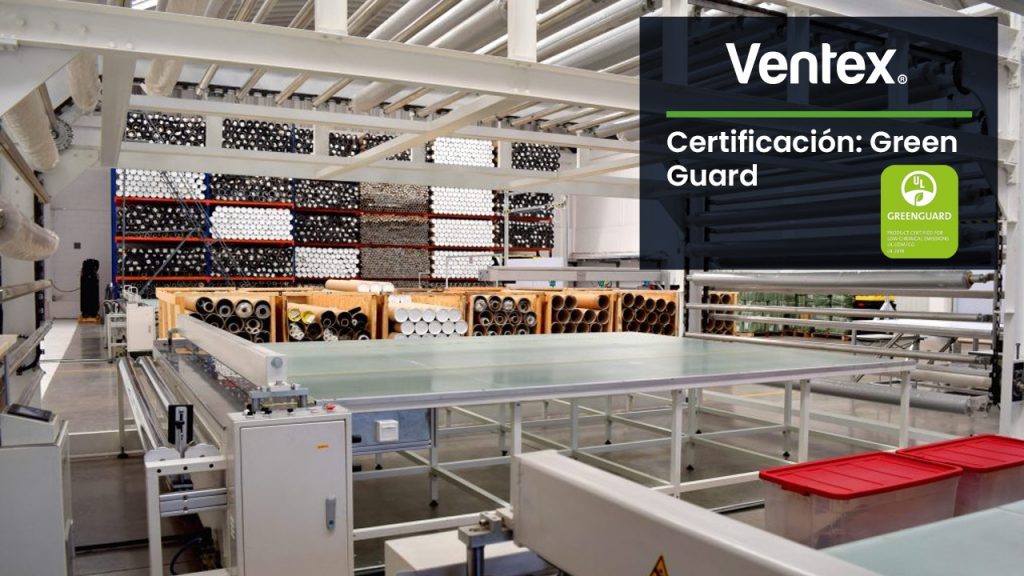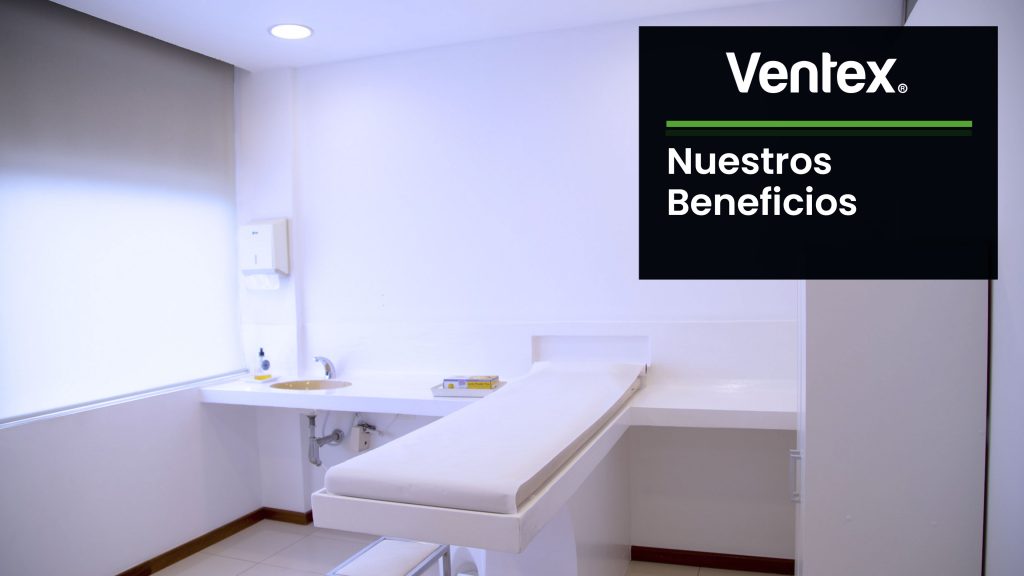Retrofitting will need to be at the core of real estate decarbonization plans
Globally, the real estate industry is facing an enormous challenge: retrofitting our buildings to reduce global carbon emissions. It is time for those leading the industry, along with governments, to drive the asset transformation needed. JLL estimates that US$3 trillion will be required to meet these retrofitting targets.
Addressing the knowledge gap, upskilling the workforce and scaling technology will be critical. The transition to a low carbon economy comes with a hefty price tag but as recently declared by the IMF, further delaying climate policies will hurt economic growth; the time to act is now. Many in the industry have heard the adage ‘the greenest building is the one that already exists’.
This is largely due to the embodied carbon associated with the construction industry, which makes up 11% of global carbon emissions.
Retrofitting existing building stock provides an opportunity for innovation in an industry that has been well overdue for a transformation. Given that real estate is the largest asset class in the world, there is significant incentive for companies to upgrade their real estate holdings.
However, lack of consistent data and standards often prevents investors and owners from taking action as globally many developers are not yet mandated to measure or report on the carbon footprint of their assets.
Retrofitting buildings across the world represents an immense task, not made any easier by the ongoing geopolitical crisis that has triggered the current energy crisis. This has emphasized the need for energy independence, which must be achieved by a shift away from fossil fuels to localized renewables, as well as the need to increase energy efficiencies and lower energy demand. Despite these challenges, there is a strong business case for retrofitting buildings to be future-fit.
La modernización deberá estar en el centro de los planes de descarbonización de bienes raíces
A nivel mundial, la industria inmobiliaria se enfrenta a un enorme desafío: modernizar nuestros edificios para reducir las emisiones globales de carbono. Es hora de que quienes lideran la industria, junto con los gobiernos, impulsen la transformación de activos necesaria. JLL estima que se requerirán 3 billones de dólares estadounidenses para cumplir con estos objetivos de modernización.
Abordar la brecha de conocimiento, mejorar las habilidades de la fuerza laboral y escalar la tecnología será fundamental. La transición a una economía baja en carbono tiene un alto precio, pero como declaró recientemente el FMI, retrasar aún más las políticas climáticas perjudicará el crecimiento económico; El momento de actuar es ahora. Muchos en la industria han escuchado el dicho “el edificio más verde es el que ya existe”.
Esto se debe en gran parte al carbono incorporado asociado con la industria de la construcción, que representa el 11% de las emisiones globales de carbono.
La modernización del parque de edificios existentes brinda una oportunidad para la innovación en una industria que se ha retrasado mucho en una transformación. Dado que los bienes raíces son la clase de activos más grande del mundo, existe un incentivo significativo para que las empresas mejoren sus propiedades inmobiliarias.
Sin embargo, la falta de datos y estándares coherentes a menudo impide que los inversores y los propietarios tomen medidas, ya que, a nivel mundial, muchos desarrolladores aún no tienen la obligación de medir o informar sobre la huella de carbono de sus activos.
La modernización de edificios en todo el mundo representa una tarea inmensa, que no se ve facilitada por la crisis geopolítica en curso que ha desencadenado la actual crisis energética. Esto ha enfatizado la necesidad de independencia energética, que debe lograrse alejándose de los combustibles fósiles por energías renovables localizadas, así como la necesidad de aumentar la eficiencia energética y reducir la demanda de energía. A pesar de estos desafíos, existe un sólido argumento comercial para modernizar los edificios para que estén preparados para el futuro.











